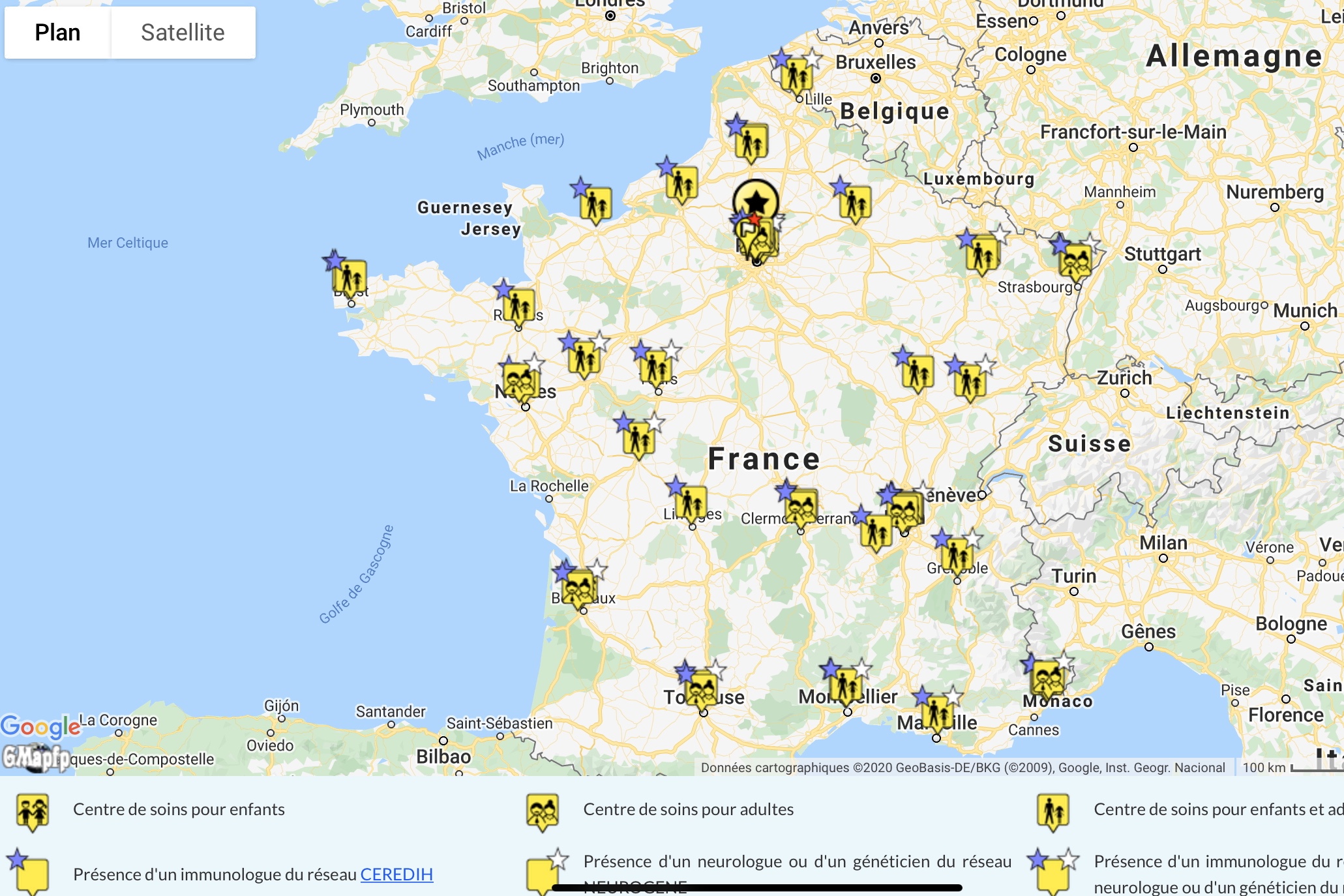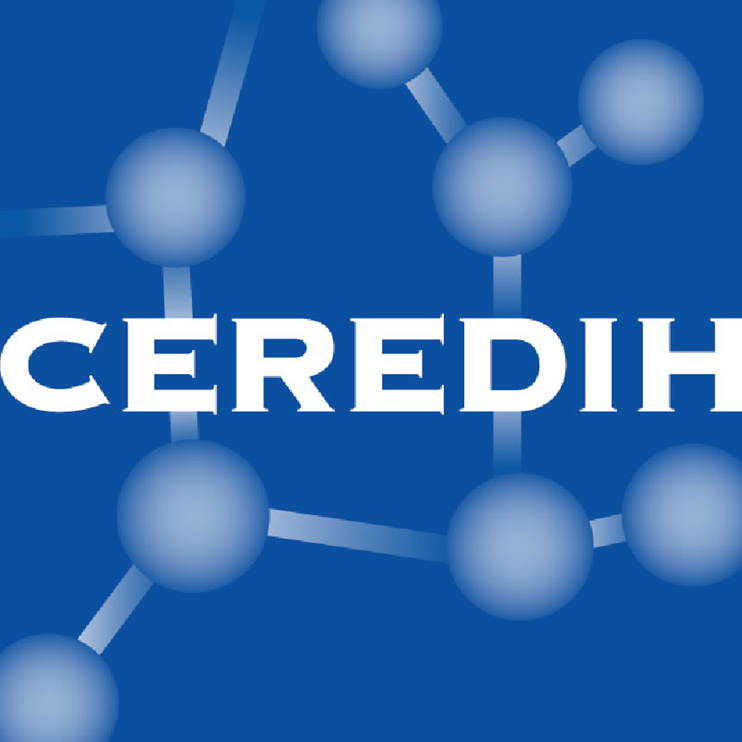order helvetica, look sans-serif;">The first description of patients with ataxia-telangiectasia syndrome was published in 1926. Denise Louis-Bar has also reported a case in 1941 and gave its name to the disease.
The hereditary and familial nature of the disease has been raised in 1958. The fact that ataxia-telangiectasia is transmitted in an autosomal recessive manner (seeTransmission) assumed that a single gene was involved in the disease. Genome analysis of patients helped in locating a gene involved in the 11th human chromosome (see ATM features). These studies have led to identify and sequence the gene mutated in ataxia-telangiectasia in 1995. It has naturally been called ATM for Ataxia Telangiectasia Mutated.
Since then, many projects are being undertaken by scientists, directly or indirectly, to understand the action of this gene and the protein associated with it.
Indeed, the malfunction of this single gene causes a diverse range of symptoms, making it a highly relevant research topic in genetics course, but also in the process of cancer development.





